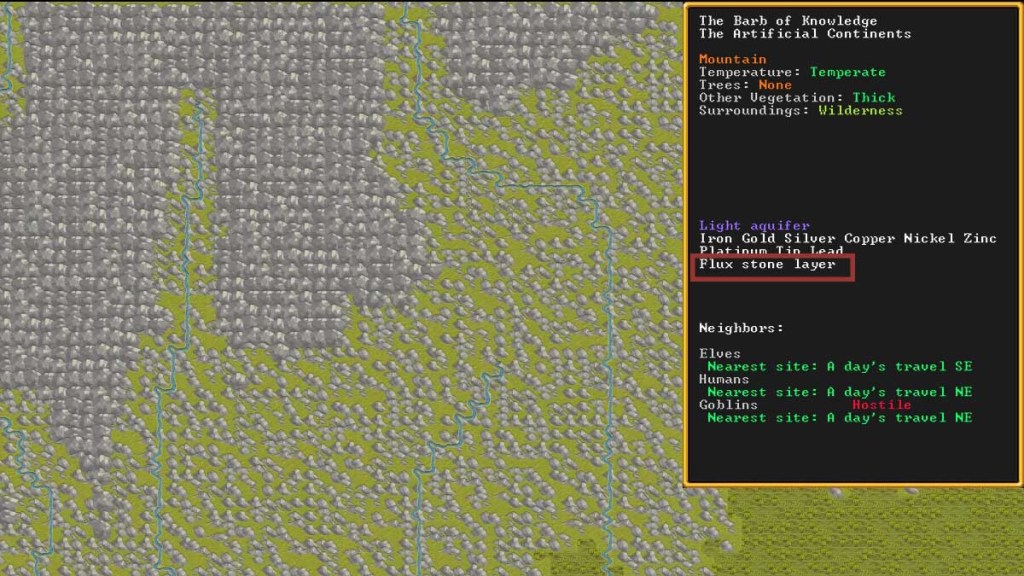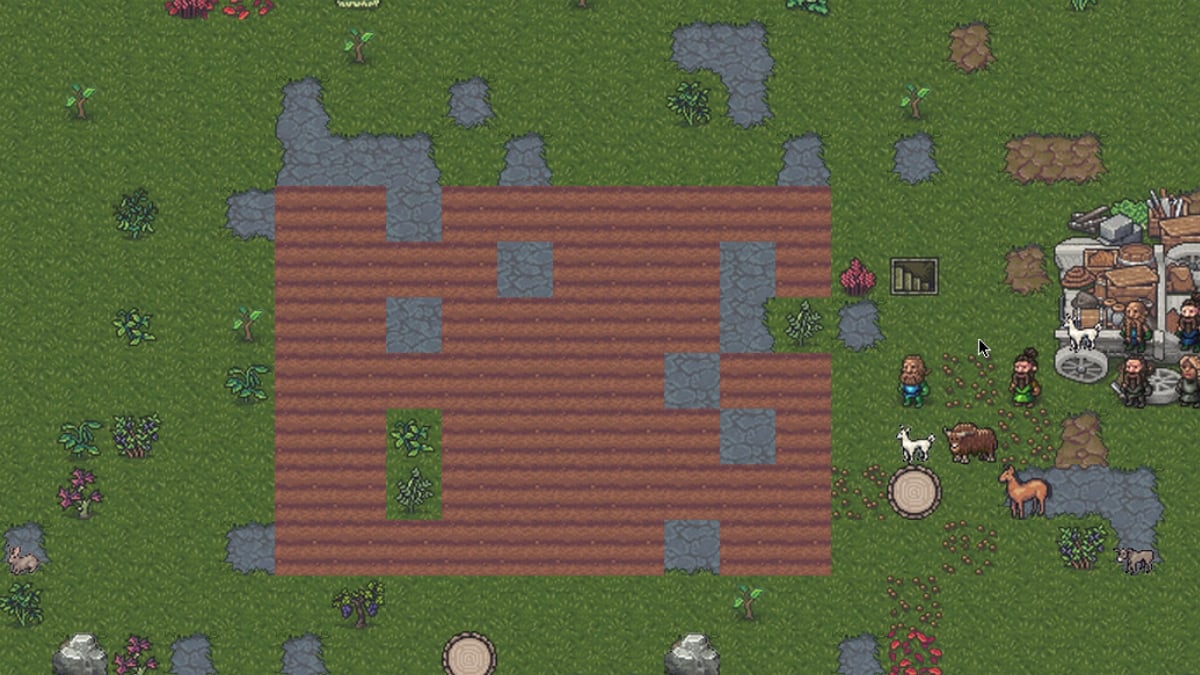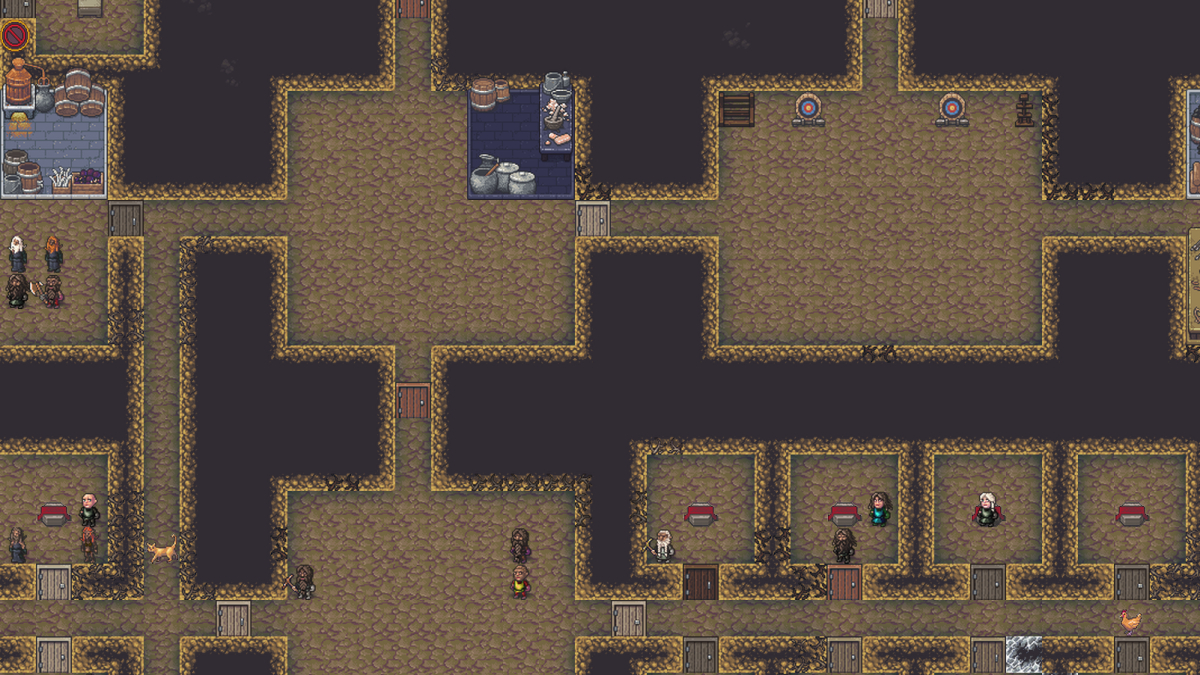The depths of Dwarf Fortress are matched only by its vague systems, with hundreds of mechanics interconnected by means seemingly only explained through a fierce internet search or two. One such mechanic is the smelting of metals into steel, which involves an item called a Flux Stone. This isn’t actually a specific item, however, and is instead a classification of stone itself. Here’s how to get Flux Stone in Dwarf Fortress.
Related: Should you worry about Floor Fungus in Dwarf Fortress? Answered
What is Flux Stone?
Flux Stone is a classification of materials that can be used to smelt metals, specifically brittle pig iron as well as steel. Both metals are vital for a happy and healthy fortress, so stocking up on flux stones is ideal for your crafters to continue production lines. Flux stones, or the flux itself, are classified into the five following stone types:
- Calcite
- Chalk
- Dolomite
- Limestone
- Marble
You cannot use flux blocks in smelting — only the raw material. Thus, ensure your Stoneworker’s Workshop omits the flux types when building stone blocks.

If a site has flux within it, players will be able to tell from the pre-embark screen, which occurs before players select a site to begin their crafting. If your site has no flux layers, which happens more often than you’d like, players can trade for it from liaisons with requests, at an appropriate markup. It may behoove players, however, to simply order steel ingots or pig iron at that point.
Considering that traders will bring very little flux, along with the mark-ups provided on trade, and the estimated work cycles to purchase and cycle the flux into steel or pig iron in-house, make non-flux areas difficult to craft specific works. Ordering steel items such as toys and instruments can be a good play here, ordering them to be smelted down at the smelter to repurpose the steel for something a bit more substantial.






Published: Dec 26, 2022 04:31 pm